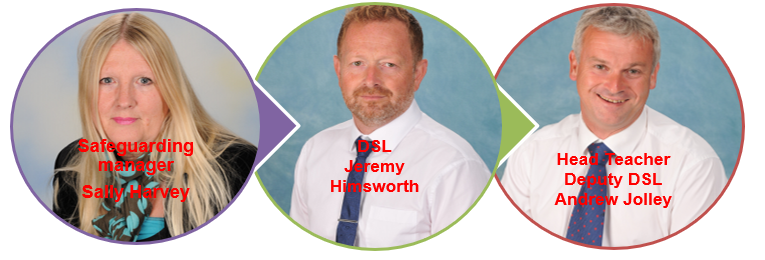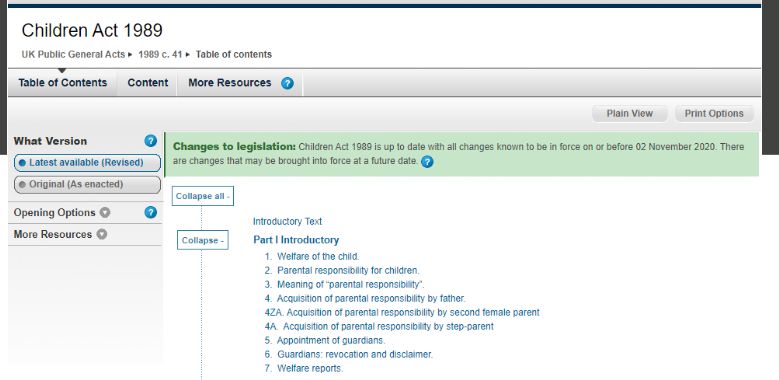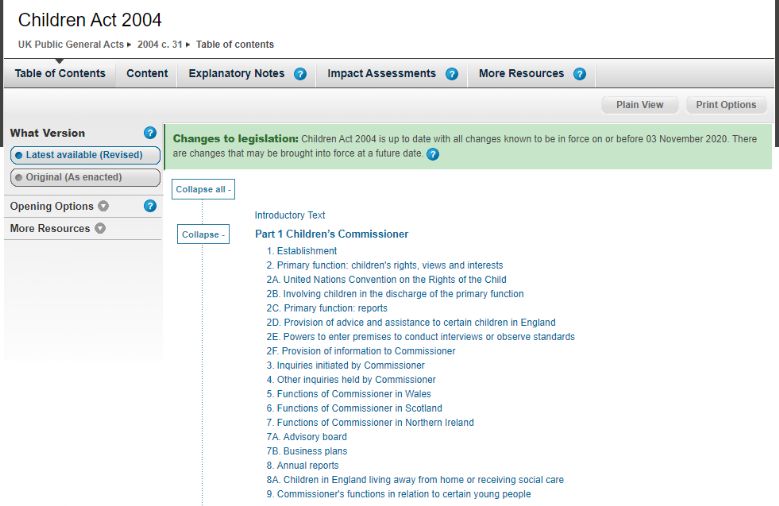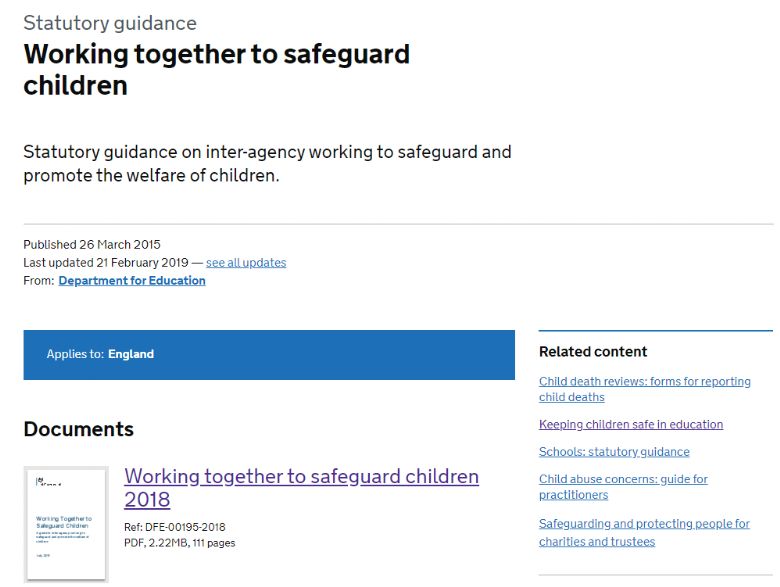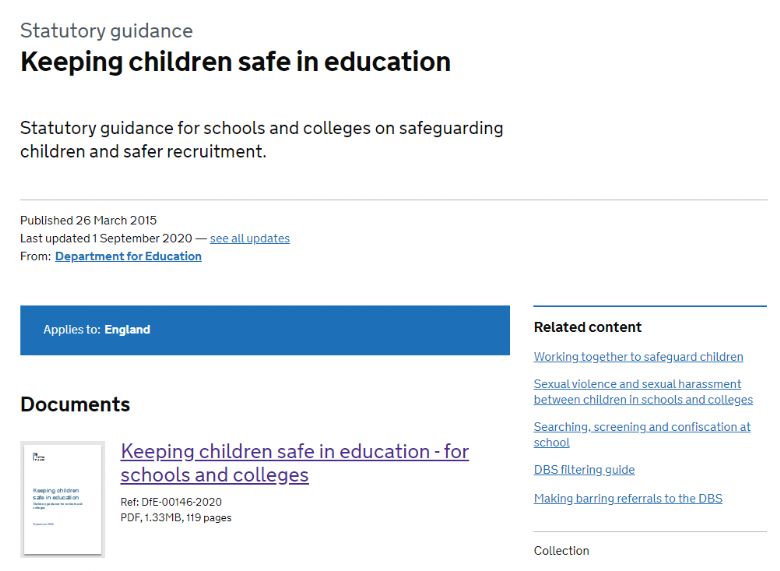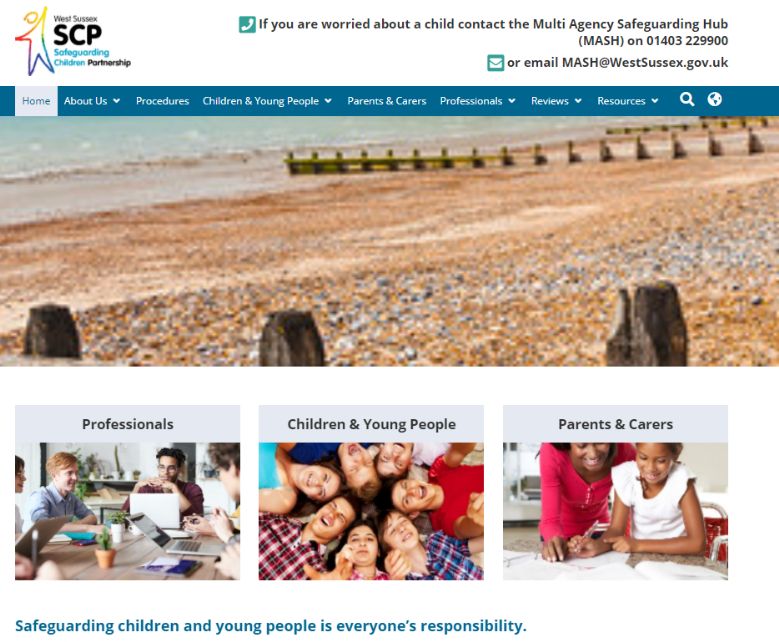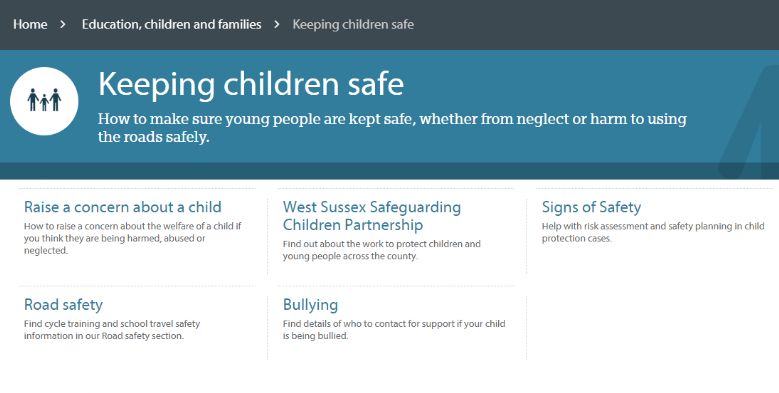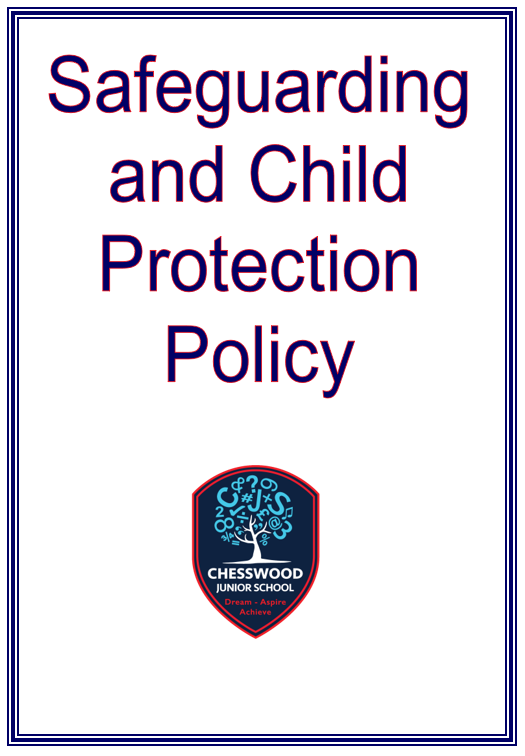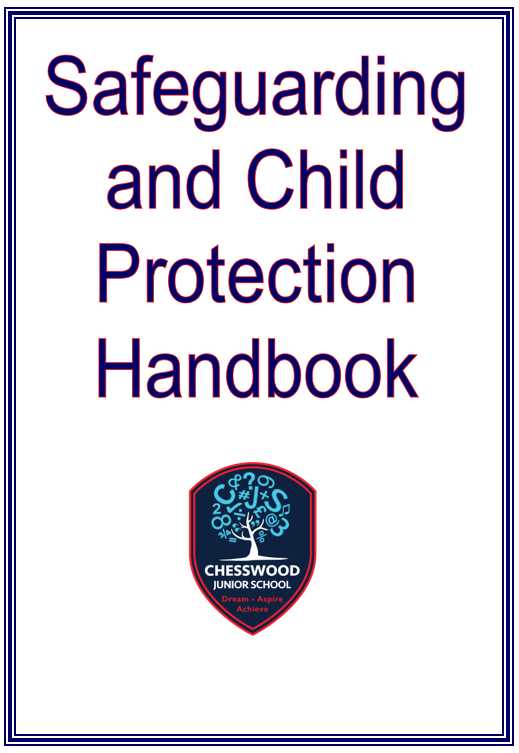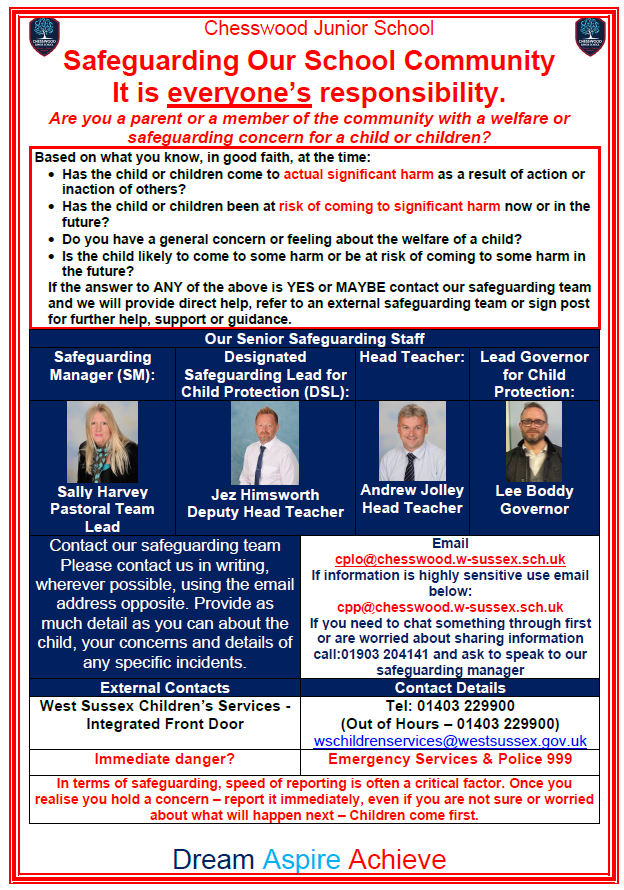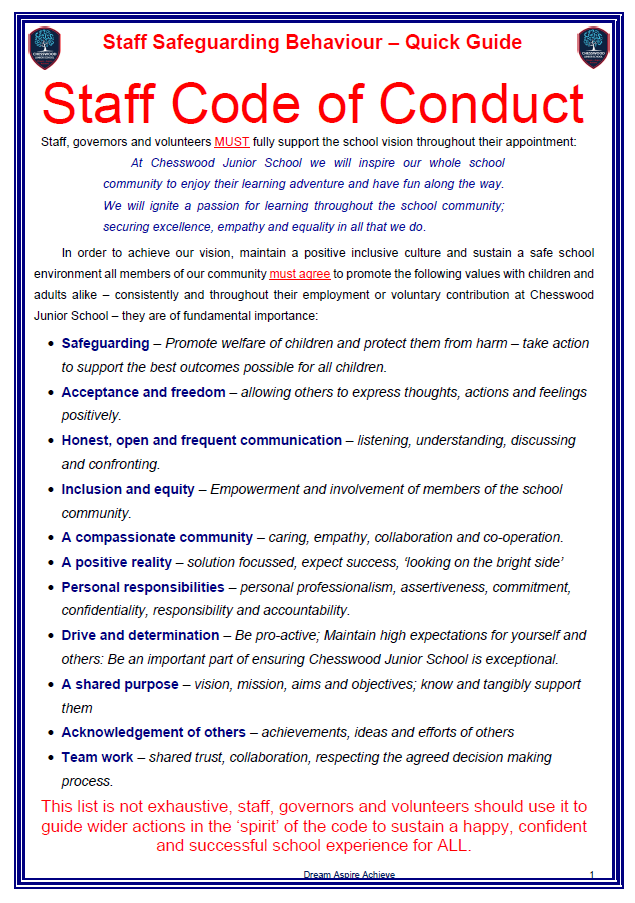Safeguarding and Child Protection Policy
Introduction
Safeguarding children and child protection applies to all children up to the age of 18.
Safeguarding is the action taken to promote the welfare of children and protect them from harm.
Safeguarding means:
- protecting children from abuse and maltreatment
- preventing harm to children’s health or development
- ensuring children grow up with the provision of safe and effective care
- taking action to enable all children and young people to have the best outcomes.
Child protection is part of the safeguarding process. It focuses on protecting individual children identified as suffering from, or likely to suffer, significant harm. This includes child protection procedures which detail how to respond to concerns about a child.
Safeguarding children is everyone’s responsibility. Everyone who comes into contact with children and families has a role to play.
The purpose of this policy is to inform staff, parents, volunteers and governors about our school's responsibilities for safeguarding children and to enable everyone to have a clear understanding of how these responsibilities should be carried out.
We recognise that all adults, including temporary staff, volunteers and governors, have a full and active part to play in protecting children from harm and that the child’s welfare is our paramount concern.
All staff members at our school are expected to provide a caring, positive, safe and stimulating environment that promotes the social, physical and moral development of the individual child. All staff members will adhere to the staff principles and staff code of conduct at all times.
Wherever the word “staff” is used, it covers ALL staff on site, including ancillary and supply staff, and volunteers working with children
Child Protection Statement
Our school takes its responsibility to safeguard children extremely seriously and this school will train and empower all staff to recognise and respond effectively to protect a child who may be at risk of significant harm.
It could happen here
We will ensure that all staff members in our school maintain an attitude of ‘it could happen here’ and feel able to raise concerns either about a child at risk or a member of staff whose behaviour may present a risk to a child.
When concerned about the welfare of a child, staff members should always act in the interests of the child – reporting their concerns, using agreed communication pathways set out in this policy and within the quick guide above.
Any member of staff with any concern about the welfare of a child has a duty to pass that concern on. As indicated cplo@ and cpp@ are the designated safeguarding email addresses. However, when advice or clarification is required prior to using the email system, in this school the following contact order is expected:
The concern, once it has arisen, MUST be shared as soon as possible and always the same working day as it arises. Staff members should not leave the school premises without speaking in person to the Safeguarding manager, DSL or his deputy if they have a safeguarding concern. If there is any significant risk or harm sustained by a child the DSL MUST be informed immediately and in person, wherever possible before a child leaves the school premises at the end of the day. Although reporting the concern may initially be verbal, it must be followed up in writing by email to:
cplo@chesswood.w-sussex.sch.uk
Highly Sensitive?
cpp@chesswood.w-sussex.sch.uk
National and Local Guidance
This guidance is developed primarily at a nation level, adjusted for the West Sussex context and then the school would use both higher levels of guidance to form school policy, systems and practice.
Guide |
Link |
Statutory InstrumentsThe are two core statutory instruments that all safeguarding guidance at national, local and school level is guided by:
Click on the images opposite to refer to either statutory instrument respectively. |
|
Working Together to Safeguard ChildrenThis guidance is the highest level of guidance and applies to all sectors that must have regard for safeguarding and protecting child welfare and safety. This guidance is separated into sections:
Click the image opposite to refer to the most recent guidance. |
|
Keeping Children Safe In EducationThe KCSiE guidance expands on the working together to safeguard children guidance and provides sector specific statutory and good practice guidance across the following areas:
|
|
West Sussex Safeguarding Children partnershipThe WSSCP provides information, advice, guidance and support on safeguarding challenges facing children and young people. That support from the WSSCP is provided for:
Click the image opposite to enter the website. |
|
West Sussex Local Authority GuidanceThis West Sussex Local Authority website area is dedicated to keeping children safe. It provides guidance on:
|
|
School based Guidance
The school documents below have been developed in response to national and local guidance.
Guide |
Link |
Safeguarding and Child protection PolicyThis is our full safeguarding and child protection policy. The documents below 'what to do if you are concerned' and 'staff code of conduct (staff behaviour policy)' crystallise the key aspects of the full policy and are more accessible for developing a general understanding.
|
|
Safeguarding and Child Protection Handbook |
|
What to do if you are concernedClick on the image opposite to review the actions, systems and processes to follow if you have a concern about a child's safety or welfare
|
|
Staff Code of Conduct (Staff Behaviour Policy)The staff code of conduct is integral to the child protection policy. It must be read and adhered to by all - staff, governors, volunteers and work experience and initial teacher training students. It includes: The key principles that staff, governors, volunteers and work experience students must agree and adhere to in their role with Chesswood Junior School. 7 Principles of Public Life - principles expected in spirit and deed from staff, governors, volunteers and work experience students Staff safeguarding behaviour quick guide. This focuses on the following areas of essential practice:
|

